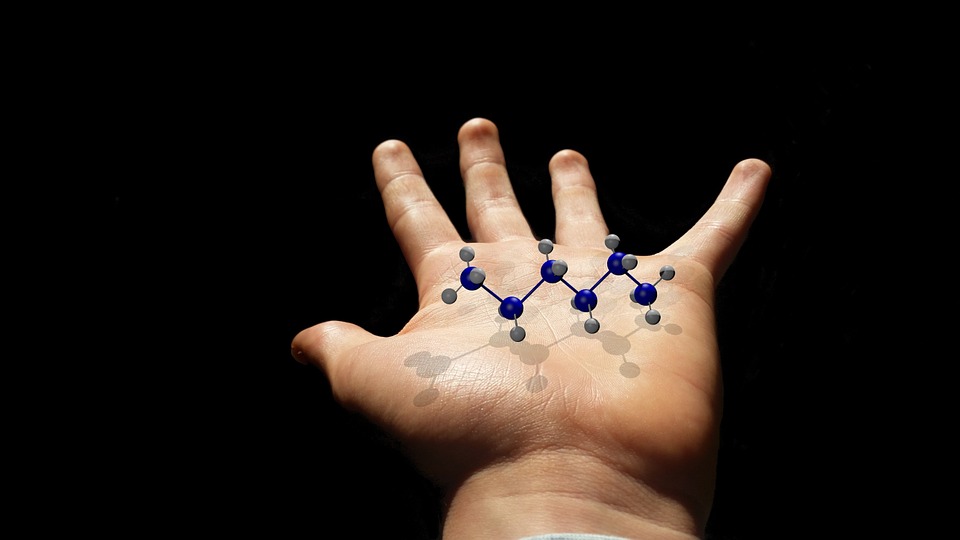A long-standing stumbling block in our understanding of olfaction has been broken, and the 3D picture that has been created has implications for fragrances, food science, and beyond.
Scientists have created the first molecular-level, 3D picture of how an odour molecule activates a human odorant receptor, a crucial step towards deciphering the sense of smell.

The scientists help break a longstanding impasse in our understanding of olfaction and the 3D picture created has implications for fragrances, food science, and beyond.
The model, created by scientists at University of California San Francisco (UCSF), US, is poised to reignite interest in the science of smell.
The findings have been published in the journal Nature.
Odorant receptors, proteins that bind odour molecules on the surface of olfactory cells, make up half of the largest, most diverse family of receptors in our bodies. A deeper understanding of them paves the way for new insights about a range of biological processes.
Smell involves about 400 unique receptors.
Each of the hundreds of thousands of scents we can detect is made of a mixture of different odour molecules. Each type of molecule may be detected by an array of receptors, creating a puzzle for the brain to solve each time the nose catches a whiff of something new.
“It’s like hitting keys on a piano to produce a chord,” said Hiroaki Matsunami, professor at Duke University and a close collaborator of Aashish Manglik, associate professor, UCSF.
Matsunami’s work over the past two decades has focused on decoding the sense of smell.
“Seeing how an odorant receptor binds an odorant explains how this works at a fundamental level,” said Matsunami.
We haven’t been able to map olfaction, because without a picture, said Manglik, we didn’t know how odour molecules would react with their corresponding odour receptors.
To create the 3D picture, the study said, Manglik’s lab used a type of imaging called cryo-electron microscopy (cryo-EM), that allows researchers to see atomic structure and study the molecular shapes of proteins.
But before Manglik’s team could visualize the odorant receptor binding an odorant, they first needed to purify a sufficient quantity of the receptor protein.
Odorant receptors are notoriously challenging, some say impossible, to make in the lab for such purposes.
The Manglik and Matsunami teams looked for an odorant receptor that was abundant in both the body and the nose, thinking it might be easier to make artificially, and one that also could detect water-soluble odorants, according to the study.
They settled on a receptor called OR51E2, which is known to respond to propionate – a molecule that contributes to the pungent smell of Swiss cheese.
Typical cryo-EM experiments require a milligram of protein to produce atomic-level images.
However, co-first author Christian Billesbolle, a senior scientist in the Manglik Lab, developed approaches to use only 1/100th of a milligram of OR51E2, putting the snapshot of receptor and odorant within reach, the study said.
“We made this happen by overcoming several technical impasses that have stifled the field for a long time,” said Billesbolle.
“Doing that allowed us to catch the first glimpse of an odorant connecting with a human odorant receptor at the very moment a scent is detected,” said Billesbolle.
The study said this molecular snapshot showed that propionate sticks tightly to OR51E2 thanks to a very specific fit between odorant and receptor.
While propionate contributes to the rich, nutty aroma of Swiss cheese, on its own, its scent is much less appetizing.
“This receptor is laser focused on trying to sense propionate and may have evolved to help detect when food has gone bad,” said Manglik. Receptors for pleasing smells like menthol or caraway might instead interact more loosely with odorants, he speculated.
Another interesting quality of the sense of smell is our ability to detect tiny amounts of odours that can come and go.
To investigate how propionate activates this receptor, the collaboration enlisted quantitative biologist Nagarajan Vaidehi, at City of Hope, US, who used physics-based methods to simulate and make movies of how OR51E2 is turned on by propionate.
“These shape changes play a critical role in how the odorant receptor initiates the cell signaling process leading to our sense of smell,” said Vaidehi.
Source: Breakthrough on ‘sense of smell’; scientists create 3D picture of odour molecule – Hindustan Times













